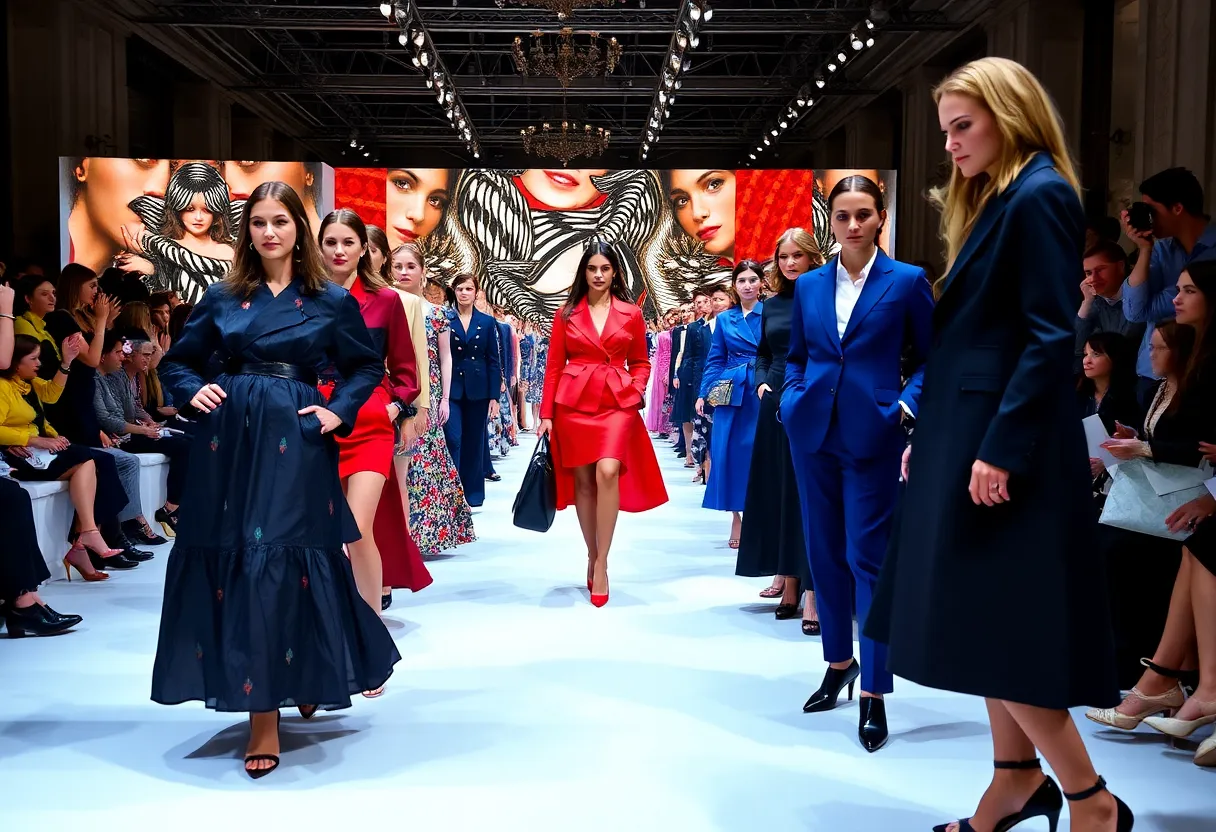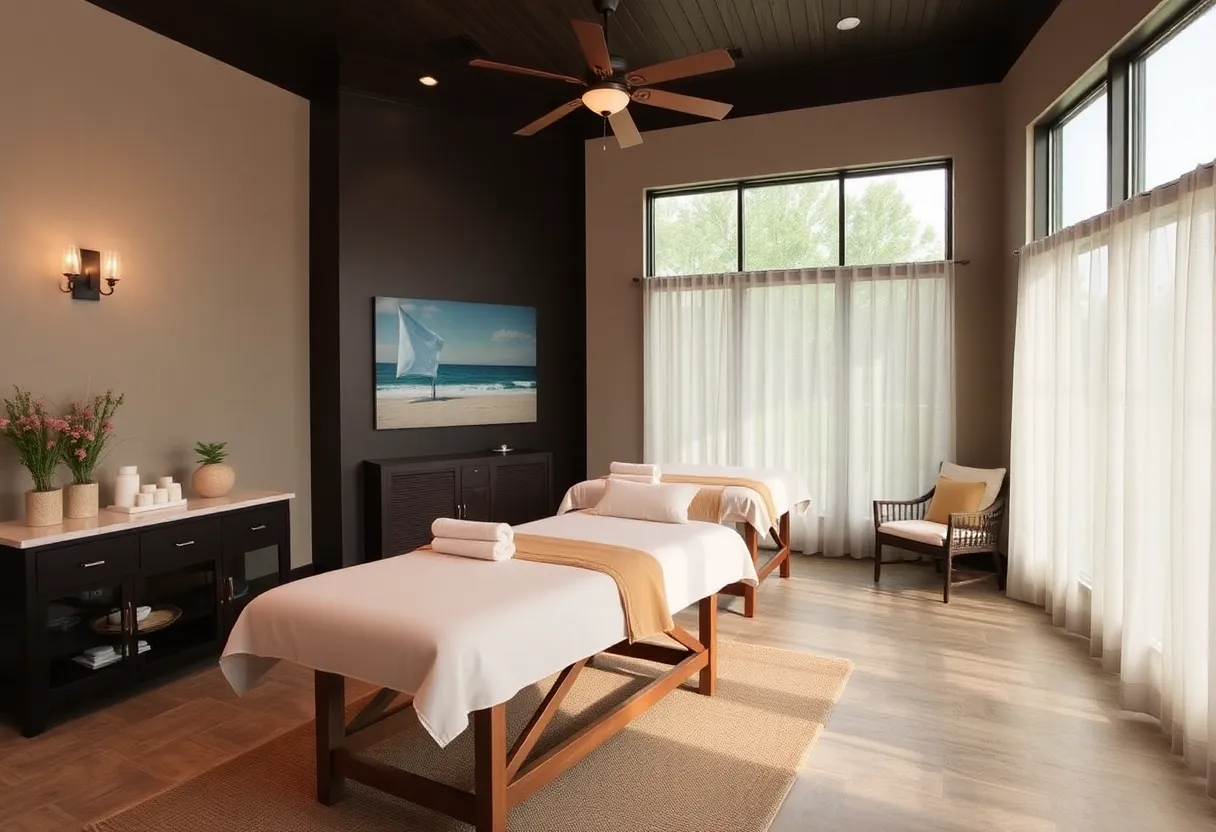News Summary
The luxury fashion landscape of 2025 reveals significant shifts, with Dior reclaiming digital leadership and Ralph Lauren entering the top five of the Vogue Business Index. As brands navigate a digital recession and evolving consumer preferences amid inflation, innovative strategies and social media engagement remain crucial. This analysis highlights how traditional brands are adapting and the challenges ahead.
Dior Regains Digital Dominance as Ralph Lauren Makes Strides in Luxury Fashion
As we dive into the world of luxury fashion for the first half of 2025, the scene has taken some interesting turns, reflecting the ever-changing digital landscape and shifting consumer preferences. According to the latest Vogue Business Index, which evaluates 60 of the top luxury brands based on their revenue and performance metrics, there have been some noteworthy changes that every fashion enthusiast should be aware of. Released in April 2025, this index shines a light on the challenges and triumphs in the luxury fashion industry.
The Digital Evolution and Political Shifts
This year has already seen significant political changes in the U.S., particularly with the tech world feeling the impact of a TikTok ban and its reintroduction on January 19, coinciding with Donald Trump’s second presidency. That’s a big deal since social media platforms play a crucial role in how luxury brands engage with their audiences. Adding to the mix, Meta (the parent company of Facebook and Instagram) made waves by altering its policies on January 7, eliminating fact-checking features and changing its ‘Hateful Conduct’ guidelines, which was met with criticism from various sides.
The Vogue Business Index evaluates brand performance through metrics collected from Western and Chinese social media platforms, looking at aspects such as followers, shares, views, website traffic, and Google search volumes. This is important because social media has become a primary avenue for luxury consumers to discover and learn about brands.
Dior Comes Out on Top Again
In a twist that has fashion aficionados buzzing, Dior has reclaimed its spot as the leader in digital performance, overtaking Louis Vuitton, which previously held the title. This resurgence of Dior is significant—the brand’s ability to connect with consumers online shows its resilience and creativity in a shifting marketplace. Louis Vuitton had a brief moment of glory in the latter half of 2024, but Dior’s resurgence proves that the competition remains fierce.
Also making headlines is Ralph Lauren, which has cracked the top five for the first time, displacing the iconic Chanel. Its rise suggests that there’s a noticeable shift from traditional luxury to more premium brands. Interestingly, about 24% of consumers mentioned they are considering switching to cheaper brands as inflation impacts purchasing power. This indicates a changing mindset in the luxury consumer base.
The Digital Recession and Brand Engagement
This year, we’re also witnessing what some are dubbing a ‘digital recession’ within the luxury sector, as social media engagement has taken a hit. Reports indicate a decline of 19% in interactions on Instagram, down by 4% on Weibo, and an astonishing 93% decrease in views on YouTube. Despite these trends, there are noteworthy exceptions. Brands like Dior, Tommy Hilfiger, and Ferragamo are finding ways to navigate this turbulent environment successfully.
It’s interesting to note that about 40% of luxury consumers discover new brands through social media, with an additional 40% utilizing it for research before making purchases. This shows just how critical it is for luxury brands to meaningfully engage consumers with entertaining and authentic content.
New Entrants and Strategy Adjustments
Among the fresh faces in the Index are Ami Paris, Jacquemus, and Maje, landing positions 38, 39, and 60, respectively. Each has its unique approach, with Ami Paris relying on traditional strategies featuring celebrity campaigns that emphasize its heritage. On the other hand, Jacquemus has taken a more playful route, creating content that captures consumers’ attention on social media. Meanwhile, Maje, while boasting a large follower count, needs to work on cultural engagement strategies to boost its performance.
In fact, the success of these brands varies significantly between Western and Chinese social media platforms, indicating the nuanced approach required when marketing across different cultures.
Conclusion: The Road Ahead
As we look forward, luxury brands face new hurdles, including upcoming EU regulations for Digital Product Passports (DPPs), evolving consumer expectations around engagement and transparency. While these digital identities aim to enhance customer interactions, awareness and understanding among consumers remain key challenges to overcome.
With the power of celebrity endorsements and innovative campaigns, some brands, like Prada and Miu Miu, are finding success despite the fluctuating digital landscape. The industry continues to evolve, showing that in the world of luxury fashion, adaptation is essential to thrive.
Deeper Dive: News & Info About This Topic
HERE Resources
Fashion Trends and Marketing Innovations Shape the Future of Style in NYC
Additional Resources
- Vogue Business: Traditional Digital Marketing Is Going Amiss
- Netguru: Disrupting the Luxury Fashion Market
- Business of Fashion: Millions of Luxury Products Have Digital IDs
- Luxury Daily: Digital Dilemma in Luxury Brands
- Jing Daily: Luxury Giants Rally Behind New Digital Fashion Initiative
- Wikipedia: Luxury Brand
- Google Search: Luxury Fashion
- Google Scholar: Luxury Brands Digital Marketing
- Encyclopedia Britannica: Luxury Brands
- Google News: Luxury Fashion Trends
Author: STAFF HERE Chapin
CHAPIN STAFF WRITER The CHAPIN STAFF WRITER represents the experienced team at HEREchapin.com, your go-to source for actionable local news and information in Chapin, Lexington County, and beyond. Specializing in "news you can use," we cover essential topics like product reviews for personal and business needs, local business directories, politics, real estate trends, neighborhood insights, and state news affecting the area—with deep expertise drawn from years of dedicated reporting and strong community input, including local press releases and business updates. We deliver top reporting on high-value events such as the Chapin Christmas Parade, Fourth of July Celebration, and the Chapin Fall Festival. Our coverage extends to key organizations like the Chapin Chamber of Commerce and the Lexington School District One, plus leading businesses in retail and recreation that power the local economy such as Lake Murray Tourism and the Chapin Visitor Information. As part of the broader HERE network, including HEREaiken.com, HEREbeaufort.com, HEREchapin.com, HEREcharleston.com, HEREclinton.com, HEREcolumbia.com, HEREgeorgetown.com, HEREgreenwood.com, HEREgreenville.com, HEREhiltonhead.com, HEREirmo.com, HEREmyrtlebeach.com, HEREnewberry.com, HERErockhill.com, HEREspartanburg.com, HEREaustin.com, HEREcollegestation.com, HEREdallas.com, HEREhouston.com, and HEREsanantonio.com, we provide comprehensive, credible insights into South Carolina's dynamic landscape.







